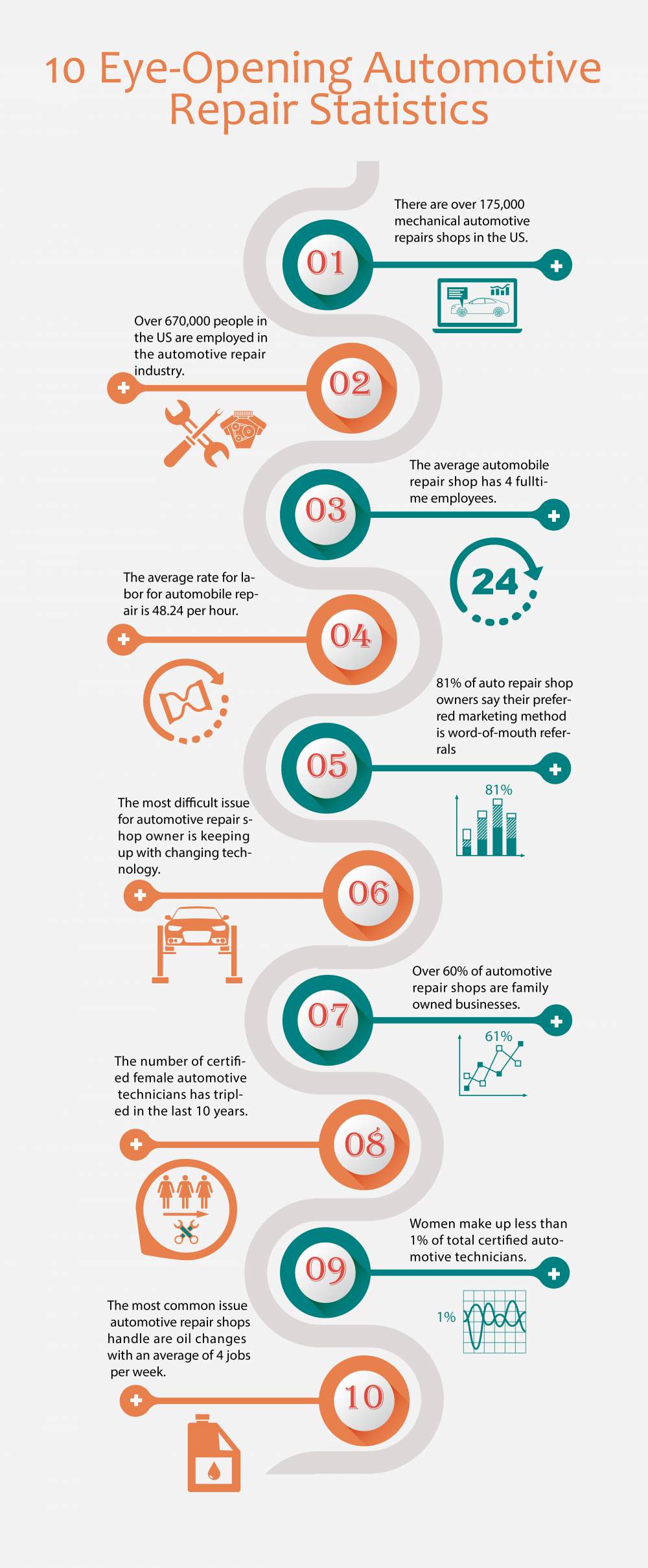Examining Your Vehicle'S Warning Indicators: What They Actually Communicate
Examining Your Vehicle'S Warning Indicators: What They Actually Communicate
Blog Article
Material Develop By-Lauritsen Gilbert
When you lag the wheel, those radiant caution lights on your dashboard can be a little bit perplexing. Do you know what they're trying to inform you concerning your car's health and wellness? Understanding the importance of these lights is important for your security and the long life of your automobile. So, the following time among those lights appears, wouldn't you want to understand its message properly and take the needed steps to address it?
Common Warning Lighting and Interpretations
Identify usual caution lights in your auto and comprehend their significances to make sure secure driving.
The most common warning lights include the check engine light, which signals issues with the engine or discharges system. If divine car detailing comes on, it's critical to have your automobile examined immediately.
The oil pressure alerting light shows low oil stress, requiring prompt attention to avoid engine damages.
A blinking battery light could recommend a damaged billing system, potentially leaving you stranded otherwise attended to.
The tire stress surveillance system (TPMS) light notifies you to reduced tire pressure, affecting car stability and gas efficiency. Neglecting this might result in dangerous driving conditions.
interior car seat cleaning indicates a trouble with the anti-lock braking system, jeopardizing your ability to quit promptly in emergency situations.
Last but not least, the coolant temperature advising light warns of engine overheating, which can cause serious damage if not settled promptly.
Comprehending these typical caution lights will certainly aid you attend to concerns without delay and preserve risk-free driving problems.
Relevance of Prompt Focus
Comprehending the typical warning lights in your vehicle is just the initial step; the significance of without delay dealing with these warnings can't be highlighted sufficient to ensure your security on the road.
When a caution light illuminates on your dashboard, it's your car's method of communicating a prospective issue that needs attention. Overlooking these warnings can lead to much more serious troubles down the road, endangering your security and potentially costing you more in repairs.
Trigger attention to cautioning lights can protect against malfunctions and accidents. For example, a blinking check engine light could show a misfire that, if left unattended, might cause damage to the catalytic converter. Resolving this quickly can conserve you from an expensive repair.
Likewise, a brake system advising light could indicate low brake liquid or used brake pads, vital components for your safety and security when driving.
Do It Yourself Troubleshooting Tips
If you observe a caution light on your control panel, there are a few do it yourself fixing pointers you can try prior to looking for expert aid.
The very first step is to consult your auto's guidebook to recognize what the specific caution light suggests. Sometimes the problem can be as simple as a loose gas cap triggering the check engine light. Tightening the gas cap might settle the problem.
Another usual concern is a low battery, which can activate numerous advising lights. Examining the battery connections for rust and ensuring they're safe could fix the problem.
If a caution light persists, you can attempt resetting it by detaching the auto's battery for a couple of mins and after that reconnecting it. In addition, checking your lorry's liquid levels, such as oil, coolant, and brake fluid, can help repair alerting lights associated with these systems.
auto wash
In conclusion, understanding your vehicle's warning lights is important for maintaining your automobile running smoothly and securely. By immediately addressing these signals and understanding what they mean, you can avoid costly fixings and potential breakdowns.
Keep in mind to consult your auto's handbook for particular information on each alerting light and do something about it appropriately to guarantee a hassle-free driving experience.
Keep educated, stay secure when driving!
